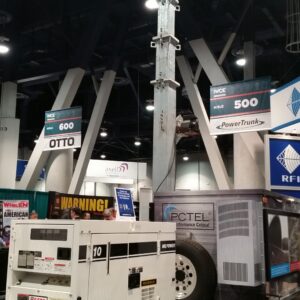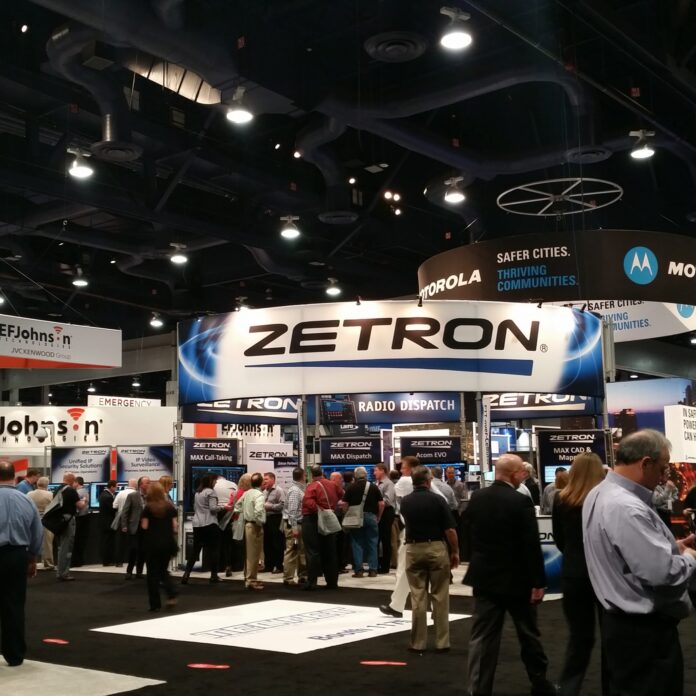LAS VEGAS – The First Responders Network Authority, or FirstNet, continues to gather input on the planning and implementation of a nationwide LTE network for public safety and is aiming to issue a final request for proposals as soon as this year.
Representatives from FirstNet were busy this week at the IWCE show – which typically has a heavy focus on public safety and emergency communications – with an entire track dedicated to aspects ranging from a keynote with FirstNet’s acting Executive Director T.J. Kennedy to updates from the states, priority and pre-emption of emergency communications, and discussions around the trade-offs of site hardening, use of “deployables” and other aspects of the network planning and future deployment.
Kennedy said that FirstNet is in the process of completing initial consultations with all 56 states and territories and has conducted 17 of those, and continues follow-up for a more detailed view of the needs the network must fulfill, noting that the physical coverage challenges are quite different in, say, Oregon compared to Nebraska. The group has put out more than a dozen requests for information from industry, government and public safety on various aspects of the future network, which will operate in 700 MHz Band 14. Kennedy said FirstNet is still working on its timelines for 2015 and 2016 and when a network might actually see deployment, but that it is aiming for a final RFP to be put out by the end of this calendar year.
Kennedy cited a number of scenarios, such as the Oso landslide last year in Washington, and the I-35 bridge collapse in Minnesota, as being illustrative to FirstNet on the type of events it must be able to address – in the bridge collapse, he noted, radios that worked well on the bridge or road had coverage difficulty out on the water as crews worked to locate vehicles. He said that FirstNet is also keeping in mind events such as Burning Man, held in a remote desert location with no infrastructure on-site and cleared out when complete, as it considers how to add coverage as needed at lower costs than permanent equipment.
Among the other news out of IWCE:
• PCTel launched a new, souped-up cell-on-wheels called Kiosk. Tony Kobrinetz, CTO and VP of site operations for PCTel, said that instead of only providing basic connectivity as a COW does, Kiosk provides an “information platform.” For instance, along with providing wireless service, it has an electronic screen on its side that can provide information to residents in a disaster zone where it is deployed, or concert information if used for capacity and coverage at a large-scale event.

The compact equipment is small enough to fit in a residential garage and has a tower that can be extended from 15-60 feet and used for lighting as well as wireless service. Watch Kobrinetz give an overview of the equipment on-site in this video from IWCE 2015:http://www.youtube.com/watch?v=laGICBe-sVQ
• AT&T announced new features for its enhanced push-to-talk offering for enterprise and public safety as well as integrated dispatch, and had a demo at the show with Avtec of a console system that works with AT&T’s EPTT, wireline and land-mobile radios.
• Motorola Solutions unveiled a new Wi-Fi-enabled Project 25 radio for public safety with what it claims is the “clearest and loudest audio” available, enabled by a 1-watt speaker and adaptive audio. The company also said it has installed a new, $26 million radio system for the Las Vegas Metropolitan Police Department and its more than 3,400 employees.
Editor’s Note: This story has been corrected from an earlier version. FirstNet is in the process of conducting consultations and has not yet completed all of them.

